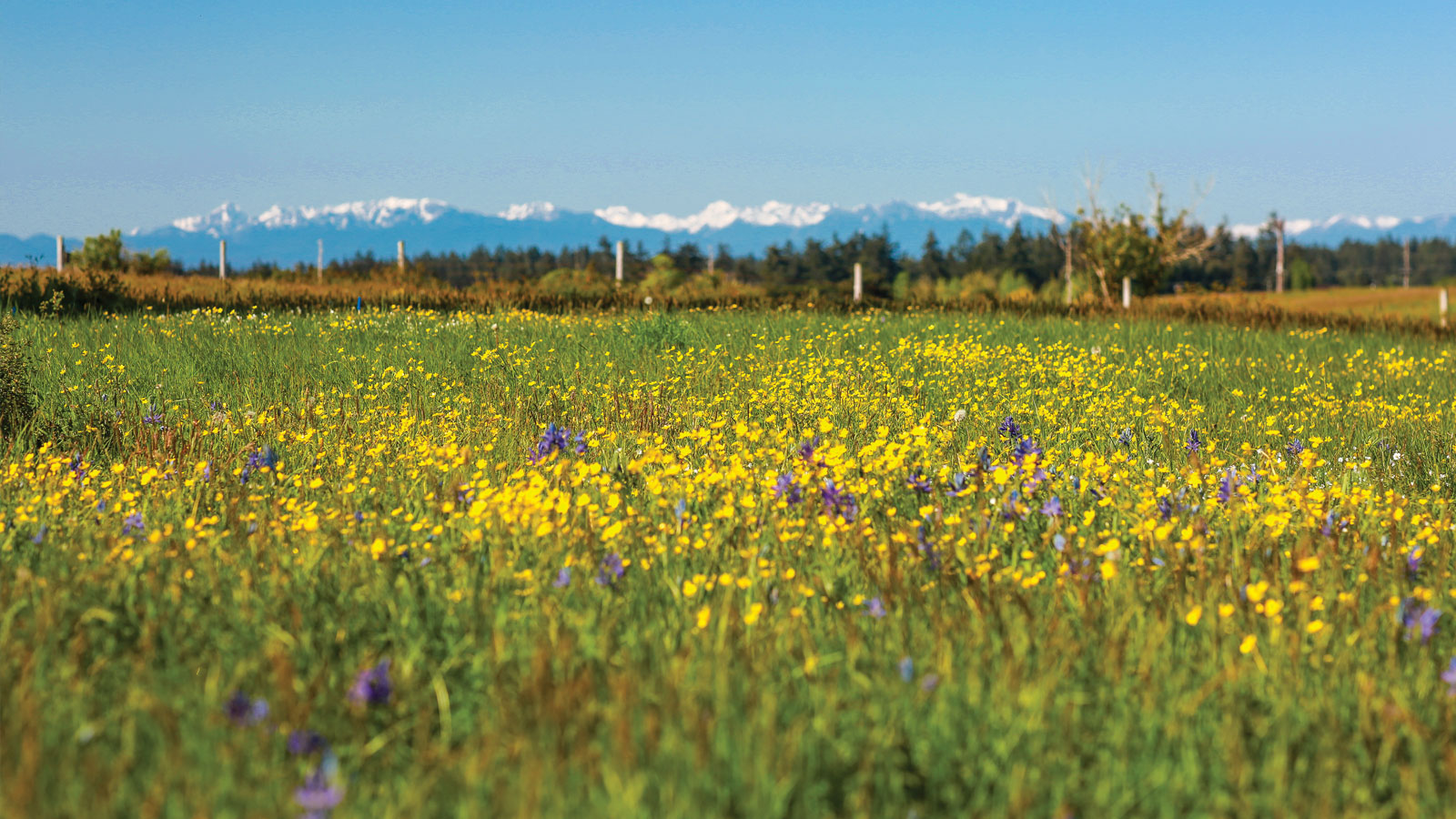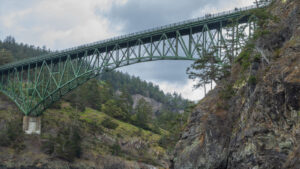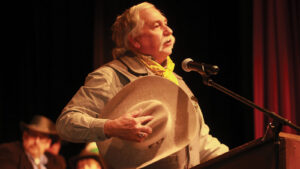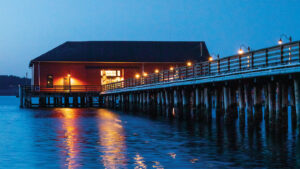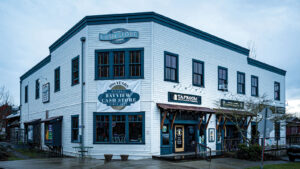Preserving Whidbey’s Prairie History for the Future
by Jon Bach • photos by Jamie Conners
Midway up the island, just north of the Washington State Route 525 and 20 split, there’s a nonprofit dedicated to the preservation, restoration, and sustainability of native plants and the Whidbey prairie. For the Pacific Rim Institute for Environmental Stewardship (PRI), it begins with understanding the island’s past and future and that every ecological link, from grass to butterfly, makes a difference to food and culture.
The organization’s land covers 135 acres of outwash prairie created by receding glaciers 12,000 years ago, and about 40 acres of forest near the northern and eastern portions of the preserve. At one point, around 180,000 acres of prairie covered western Washington and only about 3% of this is left. Just on Whidbey alone, the island had approximately 8,000 historic acres of Oak and Prairie Savannah. Today, the largest remaining piece of remnant prairie, just over four acres, can be found at PRI.
Founded in 2009, PRI’s mission is focused on “engaging science, culture, and community for ecological restoration.” Much of the work centers around partnerships with “scientific and academic institutions, churches and local tribes, [and] governmental and nonprofit organizations to understand, protect, and restore the

